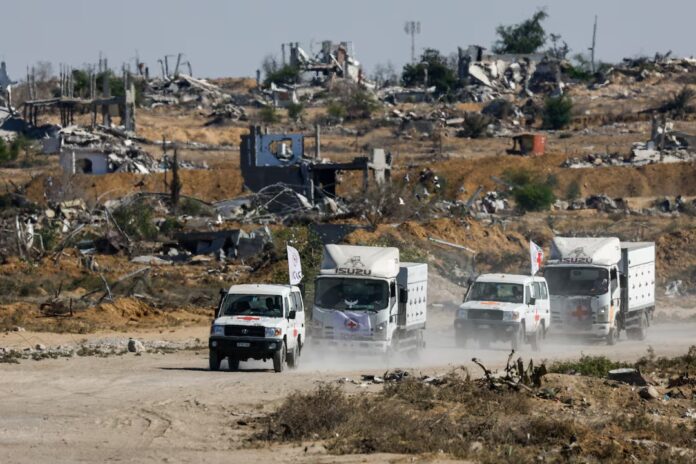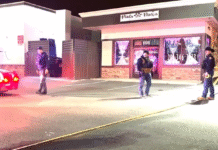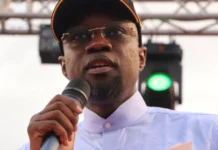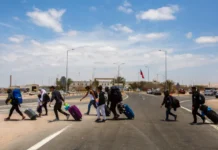
Aid convoys rolled into the Gaza Strip on Wednesday as Hamas handed over more bodies of Israeli hostages, easing tensions in a fragile ceasefire that has paused two years of devastating conflict.
Israel, which had threatened to close the Rafah crossing and restrict aid deliveries, confirmed preparations were under way to reopen the border and allow hundreds of trucks into the enclave.
According to Israeli security officials, 600 aid trucks are expected to enter Gaza under the latest phase of the U.S.-brokered truce. The Rafah crossing, shut for weeks, is set to reopen to civilians on Thursday, with a European Union mission deployed to oversee operations.
The latest breakthrough followed a dispute over the return of hostages’ bodies, which threatened to derail the ceasefire. Hamas returned several Israeli bodies overnight and two more on Wednesday, bringing the total to ten this week.
The Israeli military confirmed that the Red Cross had handed over two additional coffins for forensic identification.
A senior U.S. adviser said the recovery process was “more difficult than anticipated” because many bodies were believed to be buried under rubble. The adviser added that rewards may be offered to encourage civilians to provide information about the location of remains.
U.S. President Donald Trump, who brokered the ceasefire deal, warned that Israel could resume military operations if Hamas fails to disarm as agreed.
“Israel will return to those streets as soon as I say the word,” Trump told CNN. “If Israel could go in and knock the crap out of them, they’d do that.”
Israeli Defence Minister Israel Katz has ordered the military to prepare a “comprehensive plan for the total defeat of Hamas” should fighting resume.
A senior U.S. official said Washington is working to establish an international stabilization force to secure Gaza once hostilities fully end.
Under the deal, Hamas is required to disarm and cede power, conditions it has so far resisted. The militant group has instead intensified internal security operations, executing several alleged collaborators and clashing with local clans.
Hamas’ armed wing said it had handed over all living hostages and the bodies it could recover, adding that locating the remaining 21 bodies would require “major efforts and special equipment.”
Israel, for its part, began returning Palestinian bodies as part of the exchange, with 45 of the 360 promised already handed over for identification, according to Palestinian health officials.
Video footage showed trucks carrying fuel and relief supplies moving through Rafah from Egypt into Gaza early Wednesday. The United Nations said the approved 600-truck entry is “a good base,” though far short of meeting the massive humanitarian needs in a territory where famine has been confirmed and health systems have collapsed.
“Our situation is utterly tragic. We returned to our homes in al-Tuffah and found nothing left,” said Moemen Hassanein, a Gaza resident, speaking amid a landscape of tents and rubble.
Israeli officials said aid continues to enter through Kerem Shalom and other crossings after security inspections, while the Palestinian Authority confirmed it is preparing to manage the Rafah crossing once it reopens.
Despite the ceasefire, violence persists within Gaza. Hamas has executed several people accused of collaboration, sparking condemnation from Palestinian President Mahmoud Abbas, after videos verified by Reuters showed masked gunmen shooting seven men in public.
The U.S. Central Command urged Hamas to “suspend violence against civilians” and proceed with disarmament. Trump, while supporting Hamas’ crackdown on criminal gangs, warned that renewed airstrikes could follow if it fails to uphold the ceasefire terms.
Meanwhile, Israeli forces have withdrawn to what officials describe as a “yellow line” outside Gaza’s main cities under the truce framework.
As Gaza’s battered population awaits relief and stability, the future of the ceasefire, and the region’s broader peace process, remains uncertain, hinging on Hamas’ next moves and continued international pressure to maintain the fragile calm.
Source: Reuters
Written By Rodney Mbua


















